
What’s the Environmental Impact of Fast Fashion?
What is fast fashion?
‘Fast fashion’ is a term that has come to be synonymous with everything that’s currently wrong with the fashion industry. It refers to the system of design and manufacture that values quantity over quality, low prices over proper wages, and speed, trends and profits over people and the environment. The fast fashion model allows clothes to be produced cheaply and quickly in order to reflect continually evolving trends.
Over the past few decades, this has allowed mainstream consumers to buy on-trend clothing at an affordable price. It’s reported that in comparison to twenty years ago, we now purchase 400% more clothing [Common Objective]. All this is taking its toll on the environment. The production and sale of clothes is the fourth largest pressure on the UK’s natural resources, coming after the demands of housing, transport and food [WRAP].
So how exactly does fast fashion affect the environment?
Carbon dioxide

It may not surprise you to learn that fashion is a huge emitter! It’s estimated that clothing accounts for over 5% of global CO2 emissions [Common Objective]. In 2015, the industry emitted a whopping 1.2 billion tonnes of CO2, more than all international flights and maritime shipping combined [Ellen MacArthur Foundation, 2017]
Water
Significant amounts of water are used in the growing, refining, and processing of fibres. Cotton - one of the most widespread non-food crops in the world - is a particularly resource-intensive crop. According to the WWF, it takes roughly 2,700 litres of water to produce the cotton needed for just one shirt (not to mention the land required to grow it!). A lot of this water is taken from ‘blue’ sources – surface-level bodies like lakes and rivers. Over time, this can have damaging effects on the water supplies of local communities, and has even led to the partial disappearance of the Aral Sea. In general, it’s estimated that as much as 200 tonnes of water are used per tonne of fabric in the textile industry [Fashion Revolution] – a lot of this is necessary for finishing processes like dyeing.
Polluting chemicals

The fast fashion industry also releases many dangerous and polluting chemicals that are damaging to the health of farmers, factory workers and the surrounding environment.
Pesticides, insecticides and herbicides are relied upon by farmers across the world to produce high yields of in-demand crops. Cotton is a prime example of this - According to the Pesticide Action Network UK, “[non-organic] cotton crops cover 2.4% of the world’s cultivated land but use 6% of the world’s pesticides, more than any other single major crop” (Textile Exchange). The over-use of these chemicals threatens biodiversity (especially amongst pollinator species), ecological balance, and the health of nearby communities.
Dyes are another culprit; Fashion Revolution describes how “thick, ink-like water flows through rivers surrounding garment factories; a toxic soup of chemicals discarded from the industry’s synthetic dye processes, filtering into the water systems of the planet”. Check out their informative piece: The true cost of colour: The impact of textile dyes on water systems to dive into this issue in more detail.
Waste
The huge quantity of clothing produced worldwide creates millions of tonnes of fabric wastage, at all stages of the product lifecycle. Only 20% of textiles are currently recycled, and fewer than 10% of garments are made into new clothing each year [Common Objective]. It’s estimated that the fashion industry creates approximately 13 kilograms of waste for every person on the planet per year – equating to a landmass larger than the size of France! [Common Objective]
Clothing is also largely responsible for the less visible but equally worrying problem of microfibre pollution. When synthetic fabrics are washed, they release millions of hair-like strands that pass straight through wastewater treatment plants into the sea.
What can we do as individuals?
-
Consider quality over quantity – buy less! It’s best to invest in fewer, better-quality clothes! If the idea of a capsule wardrobe is too extreme, try the 30-wears test next time you’re in the shops.
-
Shop second-hand: Shopping second hand is a way in which the life of our clothes can be extended! Charity shops are the perfect place to do this with the proceeds going to a range of different causes, as well as clothes not being wasted. Check out our blog post for some top tips on shopping second hand.
-
Support sustainable/ethical businesses: Supporting these businesses will allow you to feel more positive about where your clothes come from. Choose the ones that give you a clear picture of where their clothes originate– from the materials to production!
-
Get curious: When buying clothes, take a second to consider: how are the clothes I am buying being produced? Look up the background of the company and how they organise themselves, from the materials used to the ways in which they are produced. You can always check out the brand’s rating on Good On You.
-
Look out for greenwashing: Always look out for certifications from reputable organisations if brands are making claims over the sustainability of their products. Don’t be fooled by clever packaging or wording!
And it doesn’t have to be expensive! There are many ways to embrace sustainable fashion on a budget. A lot of important steps can be made through simple mindset changes, a re-adjustment of the way in which we approach shopping for, caring for and disposing of our clothes.
By Natasha Astley & Isabel McLennan.
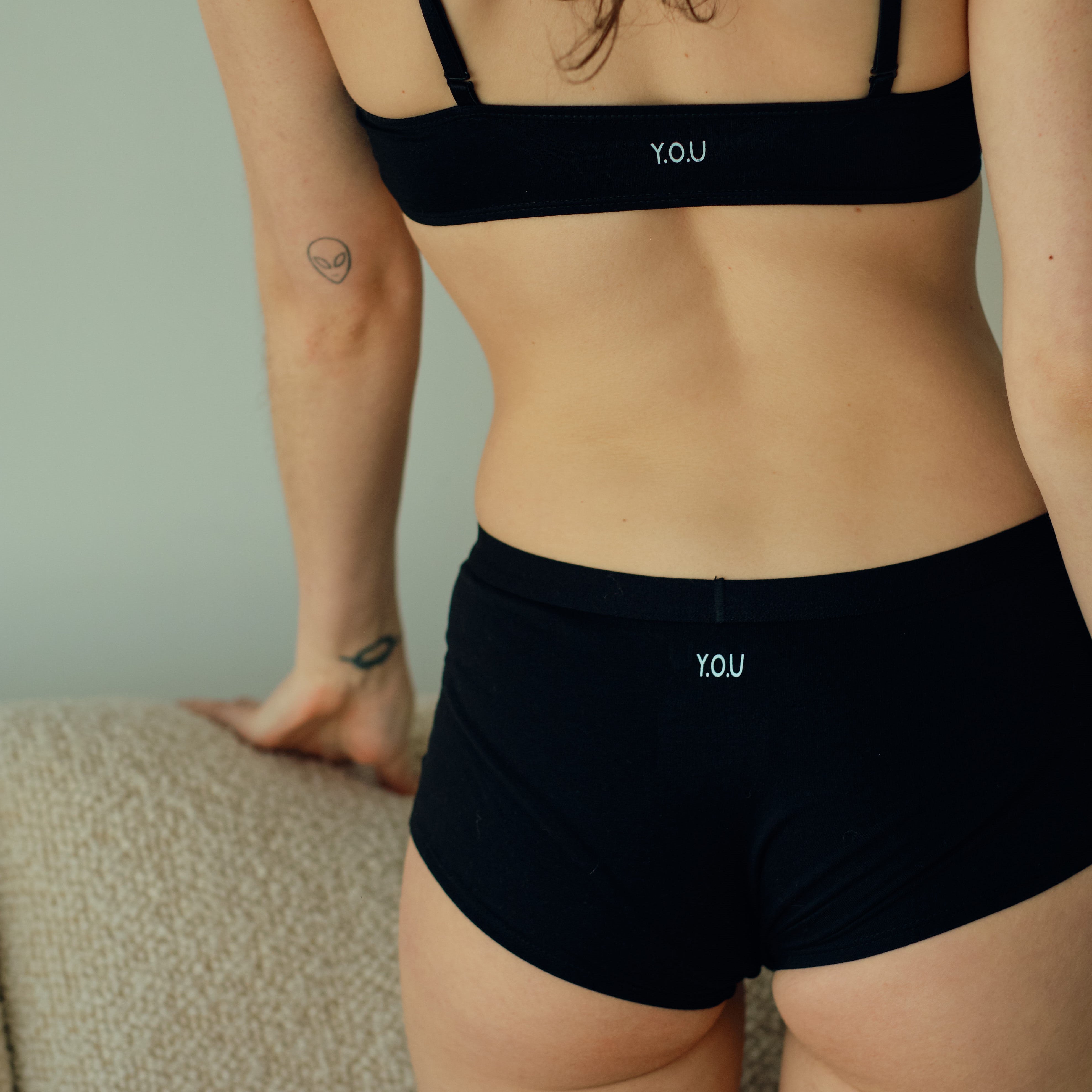
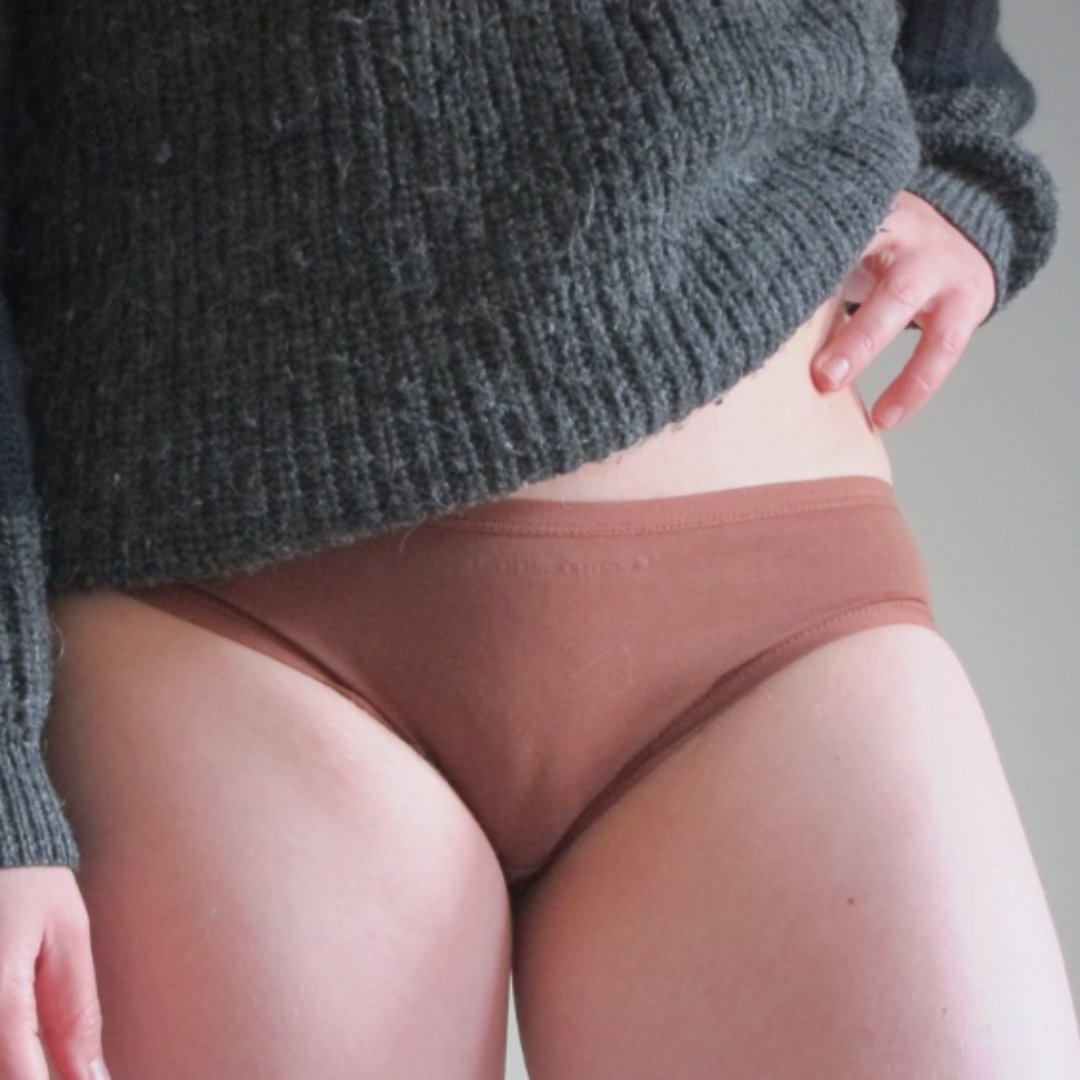


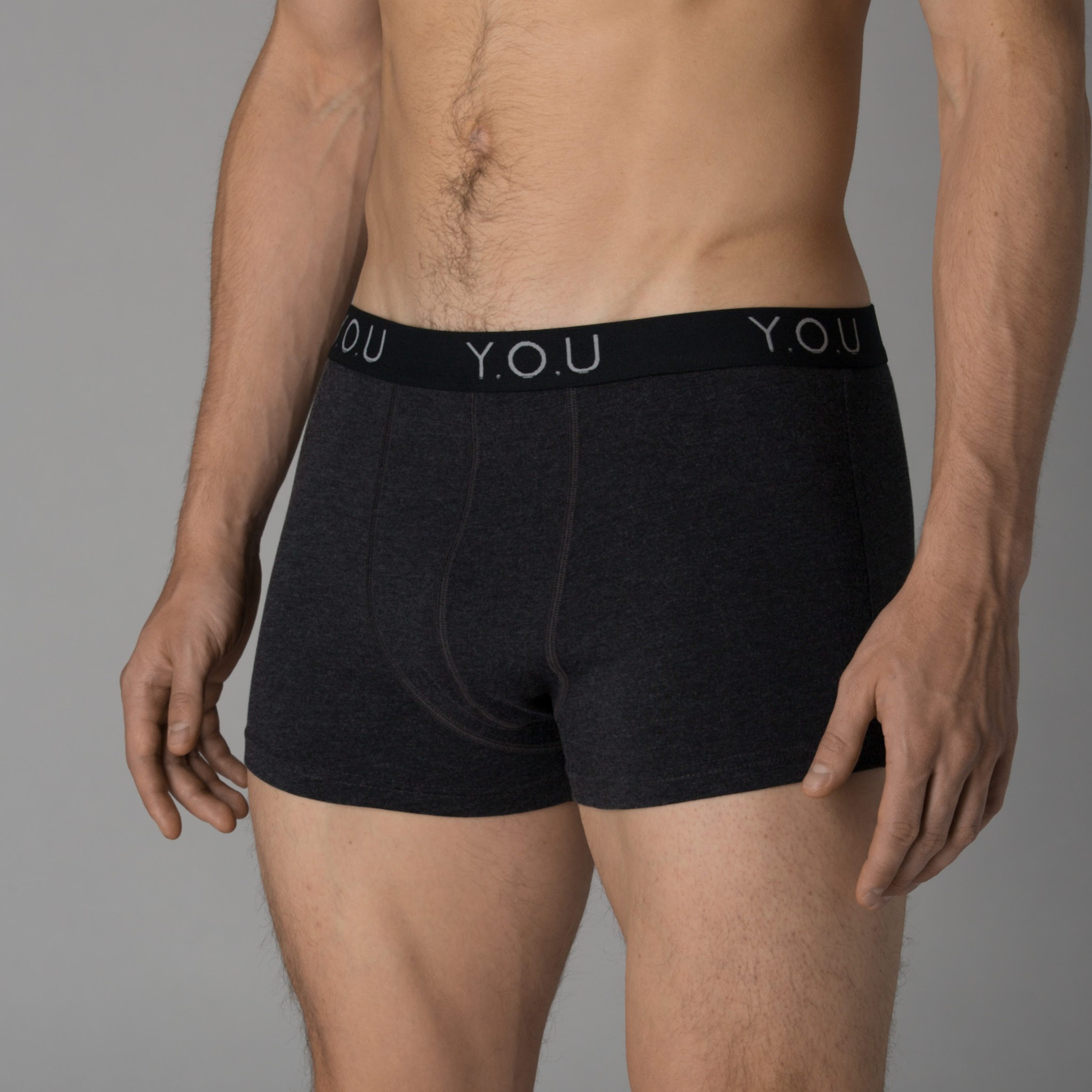
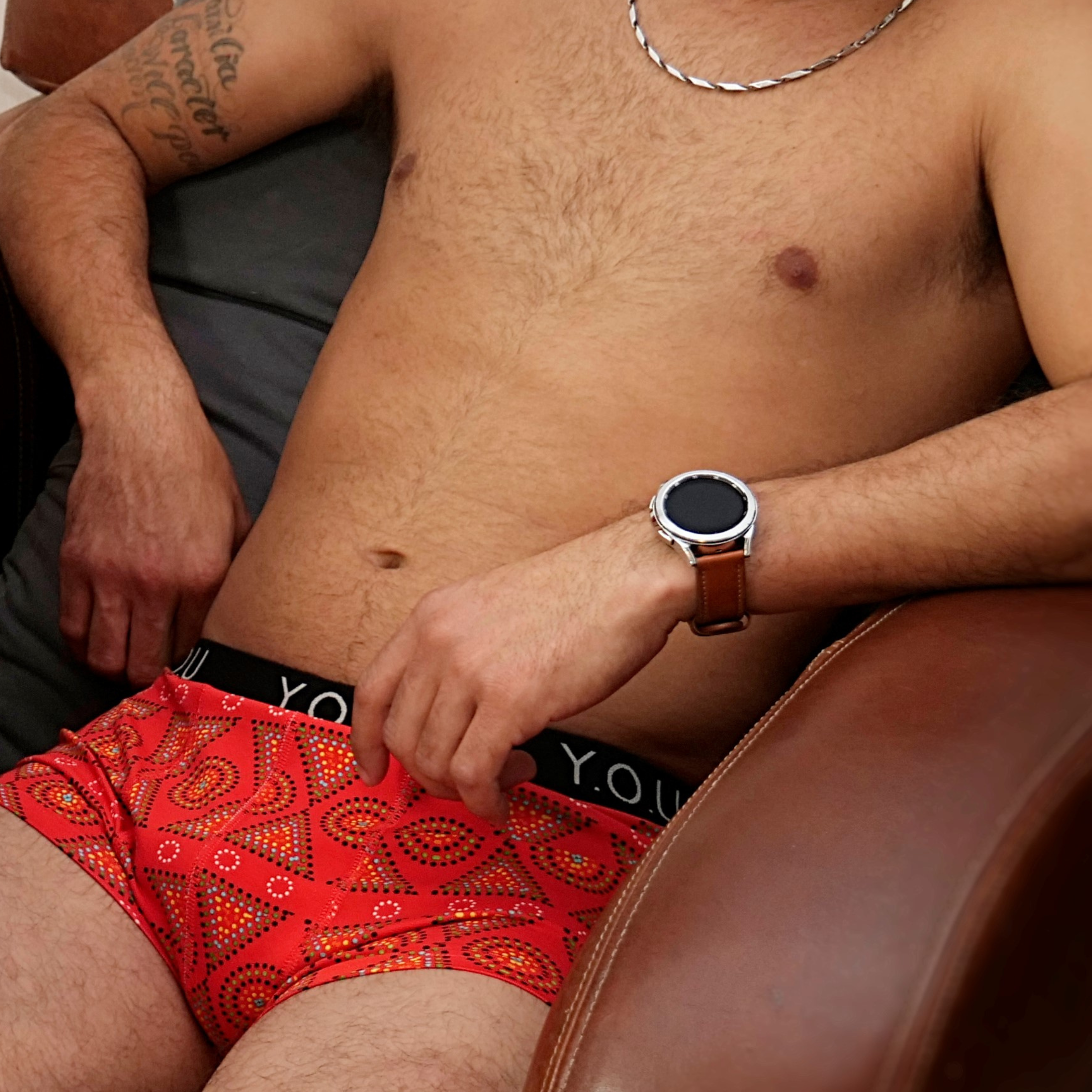

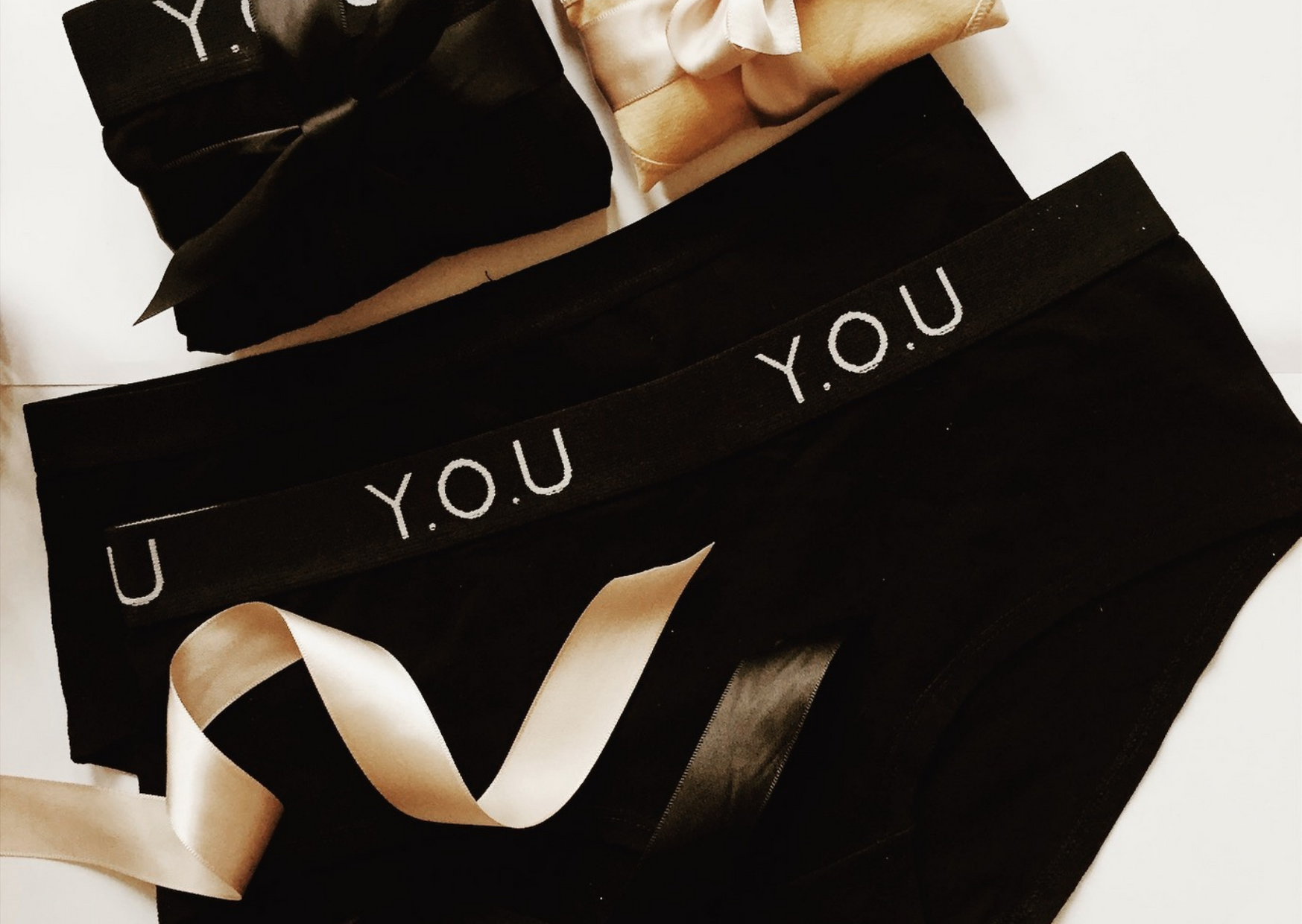

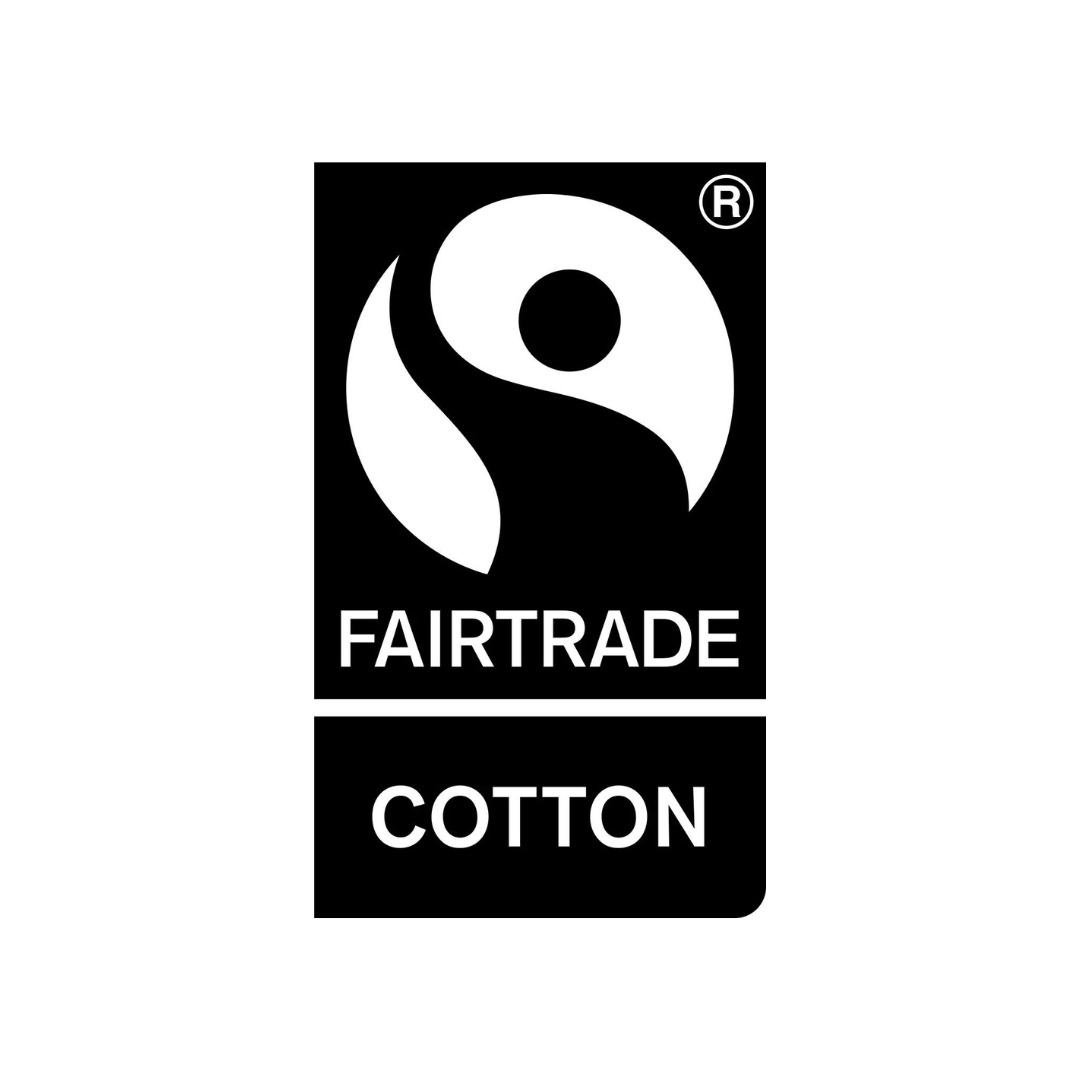
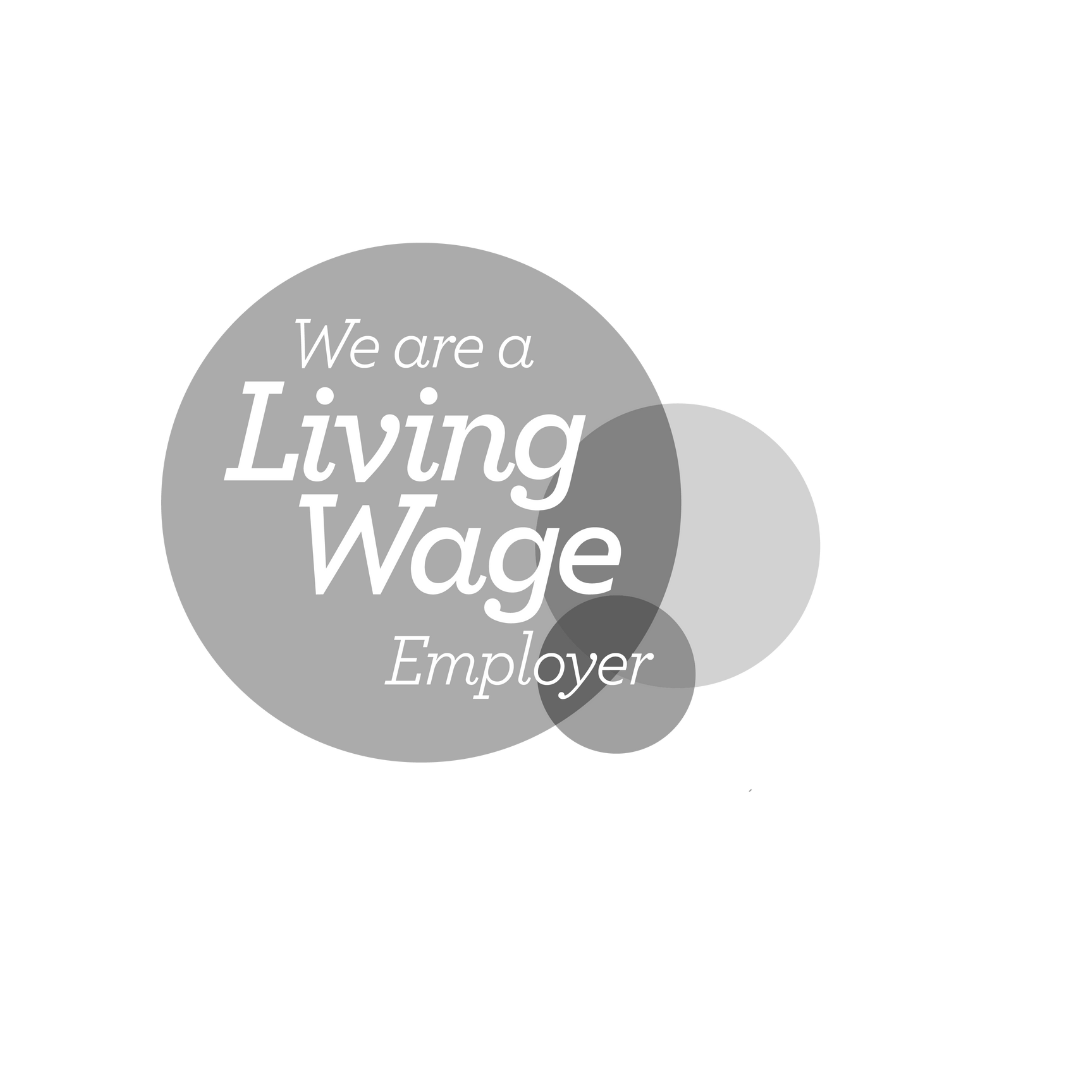



Leave a comment
This site is protected by hCaptcha and the hCaptcha Privacy Policy and Terms of Service apply.